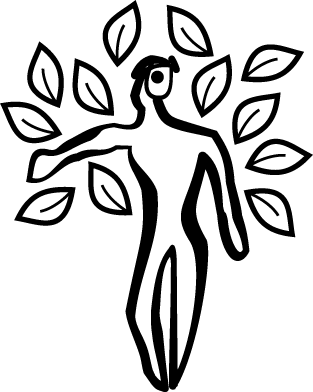Integrating English, social studies, art, design,
and technology to achieve the goals of the California State Standards
and inspire a true love of learning.
Site
Map | Grading
Rubric | Grade
10 Fall 00 Syllabus | Grade
9 Fall 00 Syllabus | SDJA
Humanities | Quotes
| WordList
| Glossary
| Graphic
Organizers | Rules
of Thumb | On-Line
Resources | WriteDesign
| Co-Teachers - Doug
and Melissa
| Gallery
E-Mail Doug at mrdoug@aznet.net
or Melissa at melissa_mckinstry@hotmail.com
grade, grading 1. a degree or step in a scale,
as of rank, advancement, quality, value, or intensity: the best grade
of paper. 2. a class of persons or things of the same relative rank,
quality, etc. 7. a letter, number, or other symbol indication the
relative quality of a student's work in a course, examination, or
special assignment; mark (Webster's, p. 827).
classification, categorization, placement,
ranging, pigeonholing, sorting, grouping; grading, stratification,
ranking, rating; division, subdivision; cataloging, codification,
tabulation, indexing, filing; taxonomy, typology; analysis
arrangement (Chapman, p. 35).
SDJA High School Humanities embraces the notions that people who
understand how they think and work, and people who are allowed to
function within an environment that nurtures learning and individual
growth, learn more and continue learning for a longer period of
time.
People learn because they want to learn, not
because they are going to be rewarded or punished.
SDJA High School Humanities is based upon the
concept of intellectual integrity through the guided use of intrinsic
motivation and metacognition.
Quite simply, SDJA High School Humanities is based
on the student being responsible for their own education. The
teachers work as coaches, mentors, guides, and resources.
Consequently, grading is based on a combination of
traditional assessment tools and measures as well as:
- creating appropriate goals,
focus, or topic areas; self-motivated.
- collecting and ordering
information that fulfills goals; using time wisely in
class.
- presenting that information
with clarity, grace; revision and editing are
apparent.
- taking risks and showing
initiative.
- participating, voluntarily and
when called on, in collaborative projects and activities (class
discussions, response groups, peer editing, readings, email
responses).
- clearly reflecting on your
learning using metacognitive tools such as asking questions,
problem-solving, adjusting your time management, record-keeping,
note-taking, or organization to be successful as a
learner.
- up-to-date with required
assignments:
- (you must have completed ALL
assignments to earn an "A" in course)
- Completing assignments with
care, quality, and insight: points, %
Students and teachers collaborate to create and
use rubrics for projects, grading periods, and portfolios. Rubrics
clearly articulate criteria so that a common ground exists for
students and teachers. Student/teacher conferences and student
reflections also play an important role in the grading
process.
"I do not try to dance better than anyone else.
I only try to dance better than myself." -
Mikhail Baryshnikov
Site
Map | Grading
Rubric | Grade
10 Fall 00 Syllabus | Grade
9 Fall 00 Syllabus | SDJA
Humanities | Quotes
| WordList
| Glossary
| Graphic
Organizers | Rules
of Thumb | On-Line
Resources | WriteDesign
| Co-Teachers - Doug
and Melissa
| Gallery
E-Mail Doug at mrdoug@aznet.net
or Melissa at melissa_mckinstry@hotmail.com
|

|
Melissa and I would like to
thank znet
for
making a commitment to
education and WriteDesign.
|
